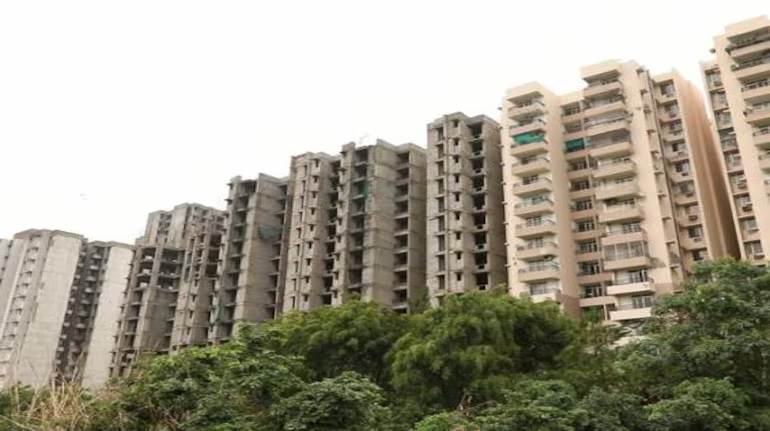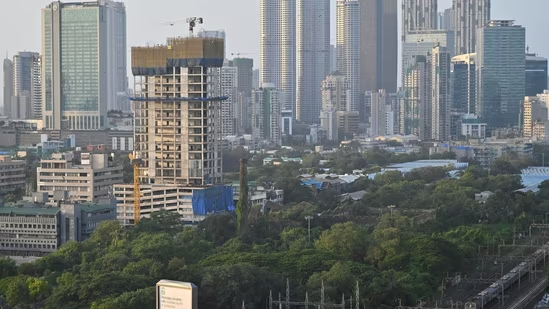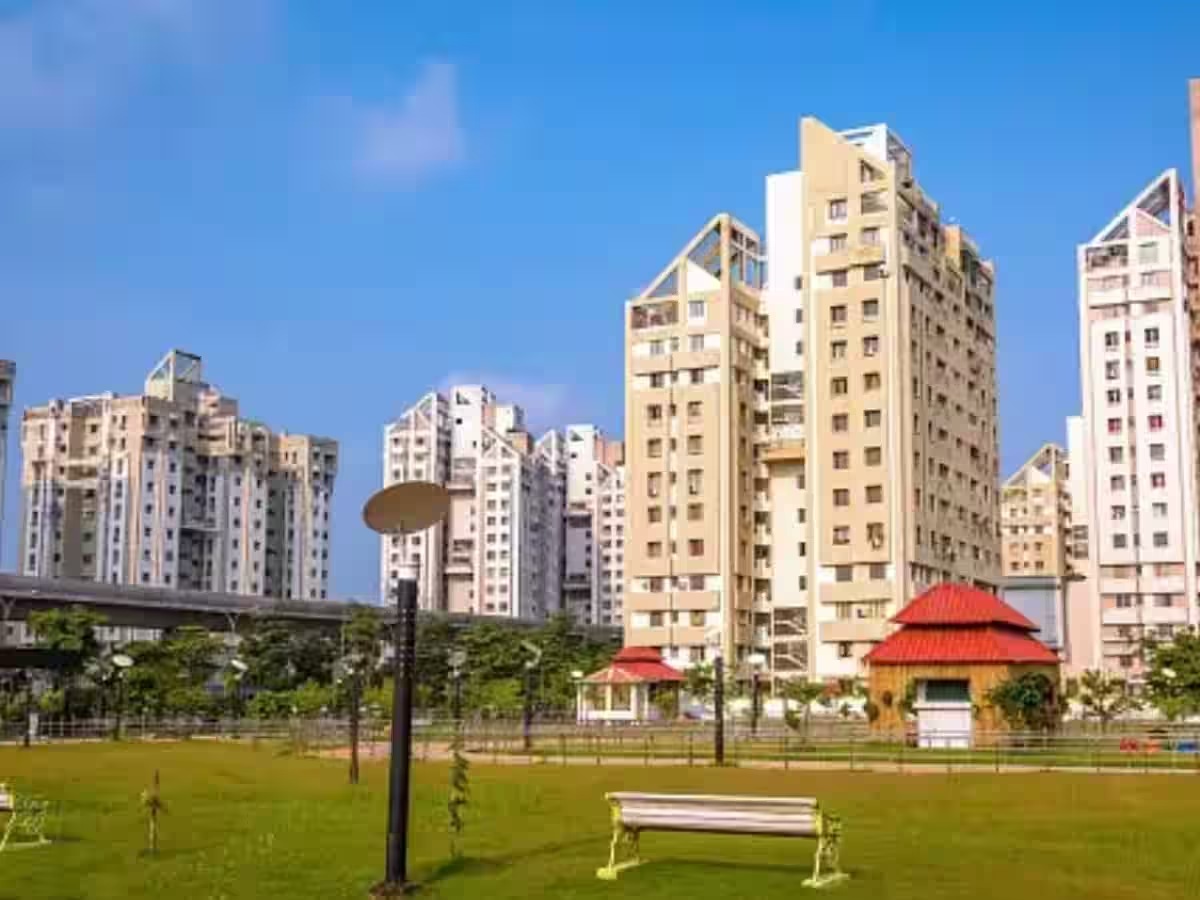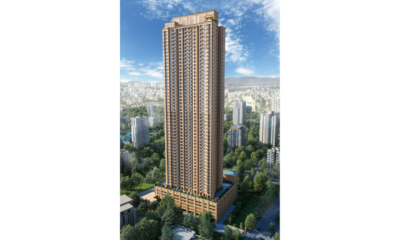Guest Column
Strata-sold Commercial Realty – Higher ROI, Different Rules
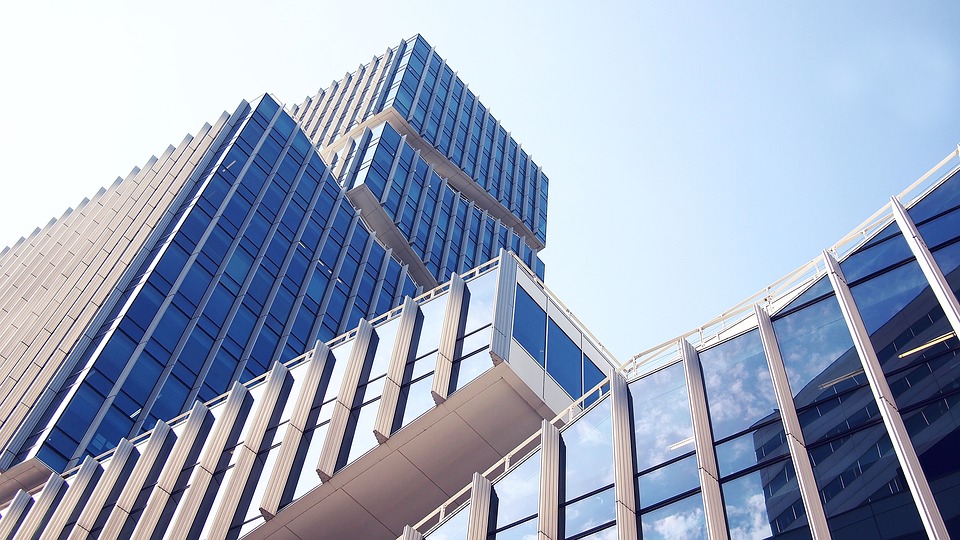

- A lifeline for developers, lucrative option for NRIs and HNIs earlier focused on housing
- Rental yield for Grade A commercial assets anywhere between 8-10%, 6-8% for Grade B against average of 3% in residential
- Av. investment ticket-size INR 10 lakh in tier 2 cities, nearly INR 10 crore in tier 1 cities


In times of continuing low residential sales, developers are seeking alternatives to infuse liquidity and boost business. Strata sale (sale to retail or individual investors) of commercial assets (office and retail) is emerging as a lucrative option. Individual investors also seek alternate high-yielding investment options in Indian real estate to compensate for the almost negligible returns that housing has yielded over the last 5-6 years.
Strata sale of commercial real estate presents a huge opportunity to local as well as national developers. To maintain their cash flows, many are now listing anywhere between 25-40% of their office supply for strata sale. Early in 2019, realty major Prestige Estates announced its plan to strata sell 25% of its office assets to individual investors looking for plays in high-yield realty assets.
In what is now a rare win-win situation for real estate investors and developers, the former can earn high returns and the latter can generate liquidity for business expansion. For developers, strata sales also eliminate the need to manage commercial properties. Thus, the strata-sale route allows them to consolidate their rental business.
Substantial ROI Upside – With Provisos
Sliding ROI in residential property investment is attracting more and more HNI and NRI investors previously focused on luxury real estate to strata-sold commercial spaces. As per ANAROCK data, the 5-year average residential returns have been as low as 5% across major cities. In the 2000-2009 period, returns were double or even triple.
In sharp contrast to the prevailing 3% average rental yield (annual rent divided by property cost) of housing, Grade A commercial assets generate yields of 8-10% and Grade B properties 6-8%. Regular retail properties can generate similar or even higher yields, depending on location.
The average ticket-size for commercial space investment is as low as INR 10 lakh in tier 2 cities and as high as INR 10 crore or more in tier 1 cities. Lower-ticket investors can focus on office spaces as small as 1,000 sq. ft. and still turn a decent profit.
However, despite commercial property investment’s undoubted lucrative upside, they call for an entirely different investor profile. When compared to housing, the ticket sizes are a lot higher – as is the risk of loss in ill-chosen plays. Even the most experienced commercial space investors depend on reliable property consultancies to identify and secure the right office and retail spaces.
Among the primary considerations:
- For both office and retail properties, location – both at the city and micro market levels – is critical. Cities like Bangalore and Mumbai are among the most lucrative for commercial investment plays, but Hyderabad and Pune also have high potential because of relatively lower capital values and high demand. Office spaces in the CBD areas are ideal (and far more expensive) but suburban locations can also be suitable as long as they are well-connected by public transport. Properties in isolated locations must be avoided as they are much harder to lease out.
- Adequate on-site parking availability is vital for keeping both office and retail spaces leased at all times. Air-conditioning, good natural light and security are other key considerations.
- For income-producing office assets, it is imperative to look at factors like vacancy levels, maintenance expenses, property taxes and long-term capital appreciation potential, among others.
- The developer’s credentials and the area’s potential for infrastructure enhancement must be factored in. For retail properties, it is imperative to check frontage, footfalls and the exact neighbouring catchment dynamics (performance of retailers, consumer spending, etc.)
- As a single project can have multiple investors, it is important to know as much as possible about common area usage, responsibilities in terms of maintenance, etc.
Bank Loans – Residential vs Commercial Properties
While the documents for loan eligibility consideration are the same for both residential and commercial properties, there are distinct variations between the two:
- For commercial properties, the Loan to Value (LTV) ratio is lower than for housing loans. For residential properties, bank funding ranges between 75-90% while for commercial properties it is limited to about 55%.
- The processing fee for home loans is usually a fixed amount of INR 10,000-15,000 or more, depending on the bank. Often, banks give housing loan borrowers substantial discounts on this fee. However, commercial property loans attract a standard 1% of the loan amount as loan processing fee – albeit with scope for some reduction.
- The rate of interest for commercial property loans is usually higher by a couple of percentage points than for housing loans.
- The loan tenure for commercial properties is usually restricted to 10 years as against residential properties, where it can be as high as 30 years.
-



 Interviews4 weeks ago
Interviews4 weeks agoHigh Rental Yield, Price Appreciation, Stable Growth, Make Sydney an Ideal Realty Investment Option: Haansal Estate
-



 News3 weeks ago
News3 weeks agoManasum Senior Living Launches IKIGAI GOA, A Senior Living Community in North Goa, in collaboration with Prescon Homes
-



 News2 weeks ago
News2 weeks agoKW Delhi 6 Mall Onboards New Brands
-



 News3 weeks ago
News3 weeks agoBridging India Divide: Top 5 Tier- 2 Cities to Focus On
-



 News1 week ago
News1 week agoGodrej Properties Sells Rs 3k cr+ Homes of Godrej Zenith, Gurugram, within 3 days
-



 News2 weeks ago
News2 weeks agoCommercial Realty Gets Tech Savvy: Fast Construction, Enhanced Convenience
-



 News3 weeks ago
News3 weeks agoMultipoint Connection – A Definite Boon
-





 News2 weeks ago
News2 weeks agoRBI’s Status Quo on Key Policy Rates to Help Maintain the Real Estate Growth Momentum, Say Industry Stalwarts






